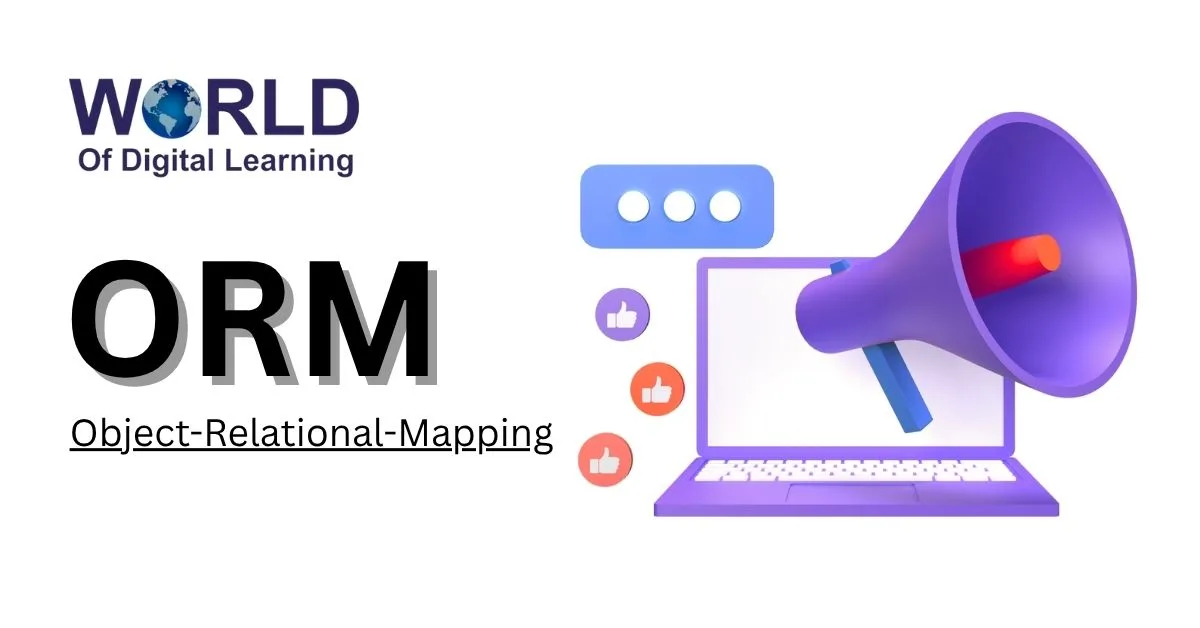Online Reputation Management (ORM) is the process of monitoring, influencing, and controlling how a brand or individual is perceived on the internet. In today’s digital world, where online reviews, social media, and search engine results shape public opinion, managing a positive online image is essential for building trust and credibility. ORM involves addressing negative feedback, promoting positive content, and ensuring accurate information is visible across various channels. This proactive approach helps protect a brand from damaging misinformation and enhances its reputation by engaging with customers transparently. Good ORM not only improves brand image but also boosts customer loyalty, drives sales, and supports long-term business growth. Whether it’s responding to reviews, managing social media presence, or optimizing search results, ORM is like digital PR that keeps a brand in the best possible light and helps businesses stay competitive in a connected world.
Table of Contents
Positive VS Negative Branding
Positive branding focuses on creating a favorable image by highlighting the strengths, benefits, and good experiences associated with a brand. It aims to build trust, loyalty, and long-term relationships with customers by associating the brand with happiness, solutions, and positive emotions. Brands that use positive branding often foster customer satisfaction and emotional engagement, encouraging repeat business and advocacy. On the other hand, negative branding draws attention by emphasizing problems, risks, or flaws in competitors or the consumer’s current situation, creating a sense of urgency or dissatisfaction that pushes consumers toward a solution. While negative branding can be effective in certain industries like healthcare or cybersecurity, it carries risks, including potentially damaging the brand’s reputation or alienating some customers. Ultimately, both approaches have pros and cons, and the choice depends on the brand’s goals, industry, and audience, with positive branding generally preferred for building lasting trust and loyalty.
Do's & Don't of Reputation Management
Do’s and don’ts of reputation management are essential for maintaining a positive brand image and building trust with customers. Monitor your online presence regularly to stay aware of what people say about your brand. Respond promptly and professionally to both positive and negative feedback, showing that you value customer opinions and are committed to resolving issues. Be transparent and honest, especially during crises, as authenticity strengthens credibility. Encourage happy customers to leave positive reviews and share testimonials to boost your reputation. Don’t ignore negative comments or try to delete them; addressing concerns openly can often turn critics into loyal customers. Avoid overpromising or making false claims, as this can damage trust permanently. Also, don’t engage in public arguments or escalate conflicts online. Maintaining professionalism and a consistent voice across all platforms is key to successful reputation management that supports long-term business growth. Guerrilla marketing is a creative and unconventional way of promoting a product, service, or brand by grabbing attention in unexpected places. Instead of spending huge amounts on traditional ads, businesses use surprising tactics to create a strong impression with fewer resources. It could be something like eye-catching street art, a flash mob, a clever sticker campaign, or a fun stunt that makes people talk about it. The idea is to connect with the audience emotionally and make the brand memorable. Guerrilla marketing often spreads through word of mouth or social media, giving it a bigger reach without a big budget. It works best when it’s original, surprising, and aligned with the target audience’s lifestyle. Small businesses and startups especially benefit from this approach because it allows them to compete creatively with big brands. In short, it’s about marketing smartly, not expensively, by using imagination and surprise to leave a lasting impact.
Promoting Brand Awareness
Promoting brand awareness is about making your brand recognizable and memorable to your target audience. It starts with consistent messaging, visuals, and tone that reflect your brand identity across all platforms, ensuring customers easily recognize you. Leveraging social media is crucial; engaging content, regular interaction, and targeted ads help expand reach and build a community around your brand. Collaborating with influencers and running creative, memorable campaigns can boost credibility and spread your message wider. Content marketing, like blogs and videos, establishes authority and attracts interested audiences. Participating in events, sponsorships, and local community activities enhances visibility and builds positive associations. Referral programs encourage customers to share your brand with others, amplifying awareness through trusted recommendations. Measuring brand awareness through surveys and analytics helps fine-tune strategies for better results. Ultimately, a well-rounded approach that combines consistency, engagement, and creativity strengthens brand presence and loyalty.
Rebuilding brand image
Rebuilding a brand image after it has been damaged requires honesty, action, and patience. The first step is to openly acknowledge mistakes and take responsibility, showing customers that the brand is committed to making things right. Companies should then implement corrective actions such as improving product quality, retraining staff, or changing policies to ensure the same issues don’t recur. Transparent communication throughout the process keeps customers informed and helps restore trust. Engaging customers through surveys or social media demonstrates that their feedback is valued. Sometimes, rebranding with a fresh logo or new messaging signals a positive new direction. Showcasing social proof through positive reviews and testimonials also helps rebuild confidence. It’s important to understand that restoring brand image is a long-term effort requiring consistent improvements and monitoring. Gradual rebuilding with sincerity and real change can regain customer trust and strengthen the brand’s reputation for the future.
Brand Building Tools & Apps
Brand-building tools and apps are essential for creating, managing, and enhancing a brand’s identity and presence. Popular tools like Canva and Adobe Spark enable businesses to design professional logos, social media posts, and marketing materials easily, even without a design background. AI-powered platforms like Tailor Brands help generate unique logos and brand assets quickly, perfect for startups. For maintaining brand consistency across teams, tools such as Frontify and Bynder offer centralized brand management where logos, guidelines, and templates are stored securely and updated in real-time. Social media management apps like Hootsuite help schedule posts, monitor brand mentions, and analyze engagement across multiple channels. These tools streamline brand creation and ensure a cohesive image, saving time and enhancing productivity. Whether for small businesses or large enterprises, brand-building apps provide creative power, organization, and valuable insights to grow and protect a strong brand identity in today’s competitive market.
Role of Digital Marketing Concepts in Online Reputation
Digital marketing concepts play a vital role in managing and enhancing a brand’s online reputation. Reputation management uses a mix of strategies like social media monitoring, content marketing, and search engine optimization (SEO) to shape how customers see a brand online. By actively tracking brand mentions on social platforms, review sites, and forums, businesses can respond promptly to feedback, especially negative comments, turning potential issues into positive interactions. Content marketing helps share valuable and authentic stories that build trust and reinforce brand values. SEO ensures that positive and relevant content ranks high on search results, helping control what potential customers find first. Paid media, including targeted ads and influencer collaborations, supports boosting positive messages and countering misinformation. Together, these digital marketing tactics protect and improve a brand’s reputation, building customer trust and loyalty essential for long-term success in today’s connected world.
Quick Tips on Brand Building
Quick tips on brand building start with knowing exactly who the target audience is. Understanding their needs, preferences, and behaviors helps create a brand that truly resonates. Next, research competitors to find what makes your brand unique—this helps define a clear brand identity. Consistency is key: your logo, tone, visuals, and messaging should align to build recognition and trust over time. Create a compelling brand story that emotionally connects with your audience, making your brand memorable and relatable. Use social media and content marketing to engage and grow your community regularly. Make sure your brand voice feels authentic and matches your values. Finally, always listen to customer feedback, adapt when necessary, and maintain quality in every touchpoint. These simple steps, combined with patience and persistence, solidify your brand’s presence and build strong, lasting customer relationships.

 October 3, 2025
October 3, 2025  7 Min
7 Min  No Comment
No Comment 